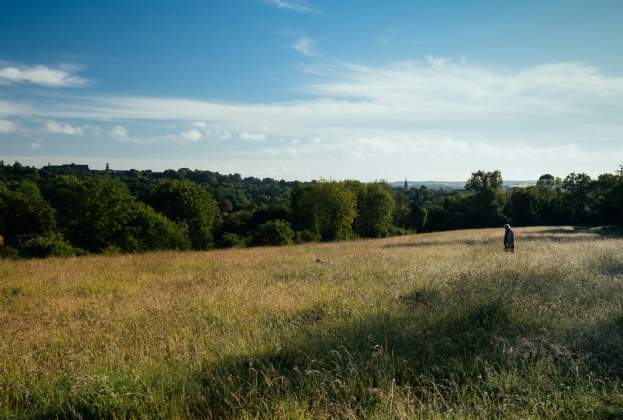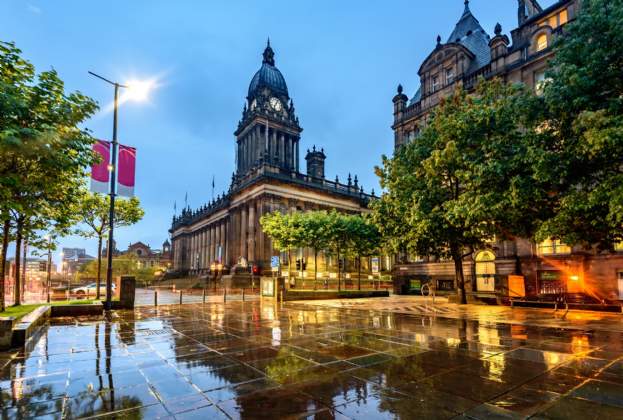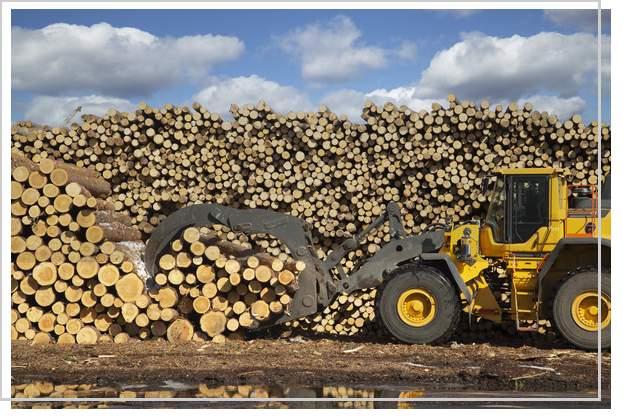When it comes to high street store sizes, units of above 500 sq m seem to be sought after by several retailers across Europe. But, given the continued rise of ecommerce, are future stores likely to be small or large?
Traditionally the bulk of high street lettings (over 60 per cent) were under 300 sq m, or even under 200 sq m. Our data from leasing transactions in the retail streets of three key European capitals (London, Paris and Madrid) shows that there has been a clear rise in the demand for units between 500-5,000 sq m. In Paris, stores of this size made up 10 per cent of those taken in the past six quarters compared with 8 per cent in 2013, while in Madrid they exceeded 30 per cent compared with 17 per cent in 2013.
This trend is driven by fashion, sports, beauty and technology brands, which are opening large inspirational flagship/lifestyle stores, as well as by the expanding presence of food and beverage on the high street. In most cases these sectors take larger spaces as their stores showcase their philosophy and concepts, offering customers the brand experience that online stores cannot. In London the rise of large flagships on Oxford Street has seen its total store count decreasing from 285 in 1993 to 228 today, as retailers have combined units to provide extra space.
While demand for ‘large’ units implies an upsizing trend for some retailers, others are downsizing. Traditionally ‘big box’ retailers are now seeking small boxes. These companies, including homewear, electronics, sportswear and even DIY retailers, are opening smaller units closer to their customers. Online shopping, changing demographics and growing urbanism are some of the drivers behind this trend.
Big box retailers recognise the need for convenience and accessibility as well as the desire of their time-constrained customers for a curated selection of goods. They’re therefore experimenting with smaller stores in tight, fast-growing urban locations where real estate is pricey, but offer easier pick-ups and delivery services for online orders. In many cases smaller stores work as showrooms that drive traffic to bigger stores or to online sales as they raise brand awareness among consumers.
We don’t expect big-box retailing on out-of-town parks to disappear. The benefits it offers, such as convenient car access, a greater assortment of goods and often large discounts, is still relevant for many of the population, especially in smaller towns and rural areas. ‘Big’ is also cost effective for retailers as they can display and stock large amounts of goods.
But the pressure is on. Retail parks are reinventing themselves, shifting from ‘big box’ parks to shopping destinations that offer experiential retailing. By enhancing the tenant mix with leisure, cafés and restaurants, better design and more product categories they are trying to create memorable shopping trips and generate repeat visits.
In the future, as the competition from ecommerce continues to rise and delivery speeds increase to almost real time, retail parks could increasingly complement retailer omni-channel strategies by becoming partly fulfilment centres. Additionally, larger stores offer the space for returns and click and collect services.
The future is therefore not a choice between big or small: retailers can upsize or downsize depending on local density, demographics and property market characteristics.
Further information
Read more: European Retail Market 2016-2017
.jpg)
.png)
.jpg)
.jpg)




(1).jpg)
.jpg)
